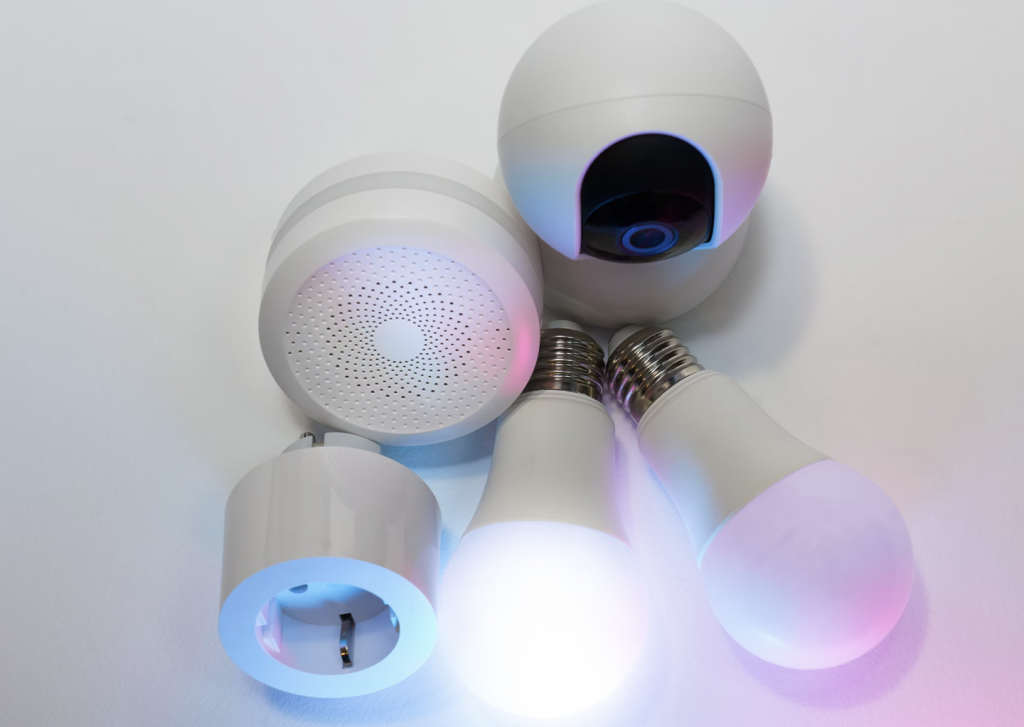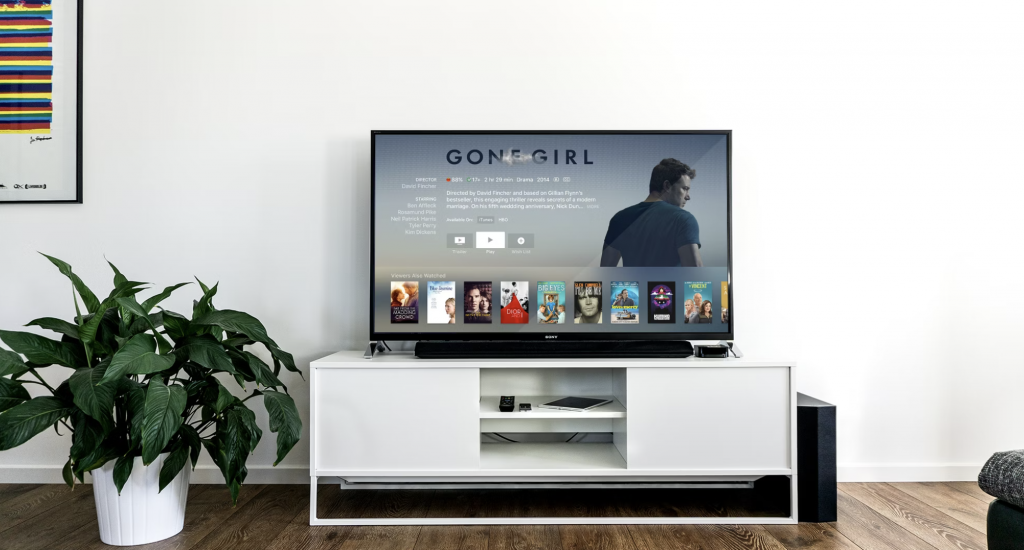Introduction: Why 2024 is the Year for Smart Homes
The concept of smart homes is no longer a futuristic idea. With each passing year, home automation technology advances, offering more convenience, security, and energy savings than ever before. If you’re looking to take the plunge into the world of smart homes in 2024, you’re in the right place. The advancements in IoT (Internet of Things) devices have made it easier than ever to transform your living space into an intelligent, interconnected environment.
In this article, we’ll explore the essential devices you need to start your smart home journey. From voice-controlled assistants to smart security cameras, these gadgets will elevate your home to new levels of convenience and security.
What is a Smart Home?
A smart home is a residence equipped with devices that can be controlled remotely through the internet. These devices are typically connected via a central hub or app and can interact with each other to automate tasks, provide data, and enhance your home environment.
The Basics of Smart Home Technology
At its core, a smart home utilizes internet-connected devices to streamline everyday tasks. Whether it’s adjusting the thermostat, turning off the lights, or checking security footage while you’re away, these devices help you monitor and control your home with ease.
Benefits of Smart Homes
- Convenience: Automating daily chores allows you to spend less time on manual tasks.
- Energy Efficiency: Devices like smart thermostats and lighting can help reduce energy consumption.
- Enhanced Security: With features like motion detection, remote monitoring, and automated alerts, smart security devices keep your home safe.
- Increased Home Value: A well-equipped smart home can significantly increase the appeal and value of your property.
Why You Need a Smart Home Starter Kit
For those who are new to home automation, jumping straight into setting up a fully-connected home can be overwhelming. That’s where a smart home starter kit comes in. These kits typically include the essential devices you need to begin your smart home journey without the complexity of researching individual gadgets.
Convenience and Efficiency
A starter kit allows you to kickstart your smart home experience without spending hours searching for compatible products. With a few devices that work seamlessly together, you can streamline your daily activities and enjoy greater control over your home environment.
The Future is Now: Home Automation
By 2024, home automation has become increasingly user-friendly and affordable. With advancements like voice control and app-based integration, managing your home has never been easier. Home automation is no longer a luxury—it’s a smart investment in comfort and efficiency.
5 Must-Have Devices for Your Smart Home
Now, let’s dive into the five essential devices you need for a smart home starter kit in 2024. These devices are designed to work together to enhance your daily life.
1. Smart Speakers: The Heart of Your Smart Home
A smart speaker is the foundation of any connected home. It allows you to control your smart devices with voice commands, stream music, set timers, and even get news updates.
Features to Look For
- Voice Recognition: Choose a speaker that offers accurate voice recognition for hands-free control.
- Compatibility: Make sure your smart speaker integrates with your other devices.
- Sound Quality: Some models focus on superior audio quality, which can be important if you enjoy music or podcasts.
Popular smart speakers like Amazon Echo, Google Nest, and Apple HomePod are great choices to get started.
2. Smart Thermostats: Climate Control at Your Fingertips
Smart thermostats are one of the most popular smart home devices because they can save you money on your energy bills by adjusting the temperature based on your habits and schedule.
Benefits of Smart Thermostats
- Energy Savings: By learning your preferences, they automatically adjust to optimize energy use.
- Remote Control: You can adjust the temperature from anywhere using your smartphone.
- Environmentally Friendly: Smart thermostats help reduce your carbon footprint by improving energy efficiency.

Brands like Nest and Ecobee offer excellent smart thermostats that integrate well with other home automation systems.
3. Smart Lighting: Lighting Your Home the Smart Way
Smart lighting allows you to control the brightness, color, and schedule of your lights. These lights can be adjusted from your phone or through voice commands, adding convenience and ambiance to any room.
Smart Lighting Features
- Customization: Adjust the brightness and color temperature based on time of day or mood.
- Energy Efficiency: LED bulbs consume less power and last longer than traditional ones.
- Automation: Schedule lights to turn on/off at specific times, or sync them with other devices for a seamless experience.

Popular brands include Philips Hue and LIFX, both offering excellent lighting solutions.
4. Smart Security Cameras: Your Home’s Watchdog
Security is a top concern for most homeowners, and smart security cameras offer peace of mind. These cameras can be monitored remotely and can send alerts when motion is detected.
Choosing the Right Smart Camera
- Resolution: Look for high-definition cameras for clear footage.
- Motion Detection: Make sure your camera has motion sensors that can trigger alerts.
- Night Vision: A camera with night vision will ensure your home is monitored 24/7.
Top brands like Ring, Arlo, and Nest offer high-quality cameras that are easy to install and use.
5. Smart Plugs: Simplifying Power Usage
Smart plugs are compact devices that allow you to control the power to any appliance via an app or voice command. Simply plug them into any outlet, and you can control lamps, fans, or other small appliances remotely.
Advantages of Using Smart Plugs
- Remote Control: Turn appliances on and off from anywhere.
- Energy Monitoring: Track the energy usage of individual devices.
- Convenience: Set timers for lights or appliances to turn on or off automatically.
Brands like TP-Link and Wemo offer smart plugs with user-friendly apps and simple installation.
How to Choose the Right Devices for Your Home
When selecting devices for your smart home starter kit, it’s important to consider your lifestyle and needs. Do you want a voice-controlled system? Do you prioritize security? Knowing your preferences will guide you in choosing the right gadgets.
Consider Your Needs and Lifestyle
- Size of your home: Larger homes may require more smart devices to cover all areas.
- Budget: Some devices can be expensive, so decide on a budget before purchasing.
- Usage: Think about which devices will provide the most value based on how you use your home.
Integration and Compatibility
Make sure the devices you choose are compatible with one another. Many smart home products are designed to work together, so check if they can integrate with your existing ecosystem (like Alexa, Google Assistant, or Apple HomeKit).
Conclusion: Future-Proof Your Home with a Smart Starter Kit
2024 is the perfect year to dive into smart home technology. With the essential devices listed in this guide, you’ll be well on your way to creating a more efficient, secure, and enjoyable living space. By selecting the right starter kit and devices, you can future-proof your home and enjoy all the benefits of modern technology.
FAQs: Answering Your Top Smart Home Questions
- What is the best smart speaker for beginners?
- Amazon Echo is a great starting point due to its affordability and compatibility with other devices.
- Do smart thermostats really save money?
- Yes, by adjusting temperatures based on your schedule and habits, smart thermostats can significantly reduce your energy costs.
- Are smart security cameras easy to install?
- Most smart security cameras are easy to install, requiring only basic tools and an app for setup.
- How do smart plugs help save energy?
- Smart plugs allow you to monitor and control energy usage, turning off devices when not in use and helping reduce waste.
- Can I control my smart devices when I’m away from home?
- Yes, many smart devices can be controlled remotely using an app on your smartphone, no matter where you are.





